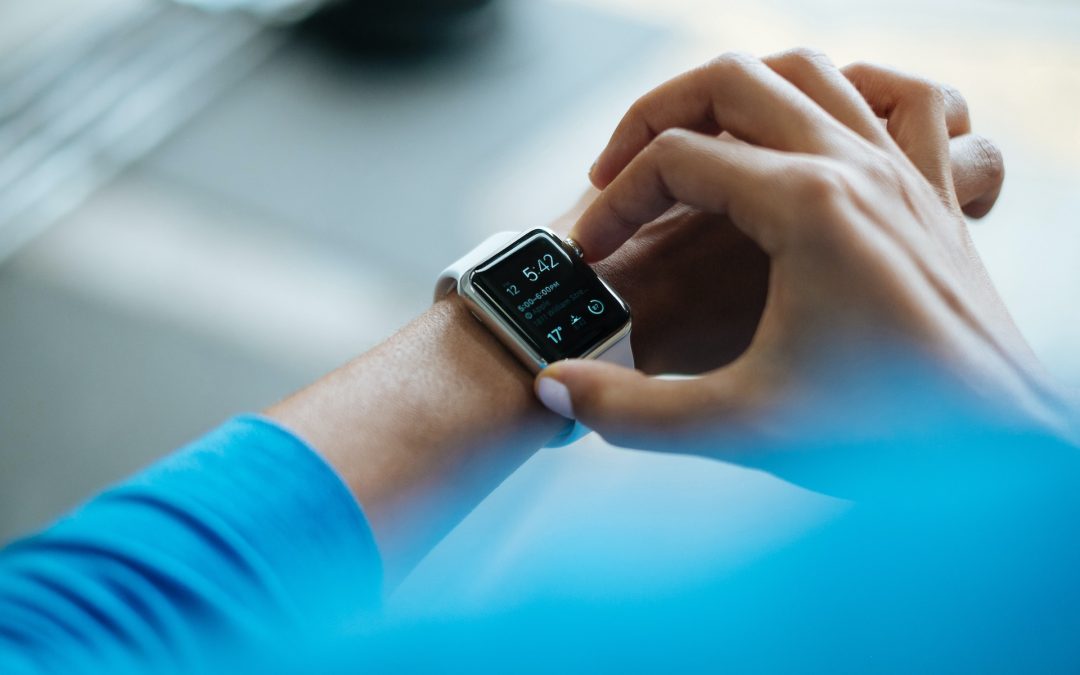Wearable devices have the potential to revolutionize healthcare by enabling more personalized and continuous monitoring of patients, leading to better health outcomes and lower healthcare costs. These devices are usually equipped with the sensors belonging one of the following two categories:
1. Motion Sensors:
Such sensors are equipped in smartphones and smartwatches. They are used to measure the motions of a body part where they are placed on.
- Accelerometer: This sensor produces a three-dimensional sequence that specifies acceleration forces (including gravity) acting on the smartphone’s x, y, and z axes. Its sampling rate is usually around 200 Hz.
- Gyroscope: This sensor produces a three-dimensional sequence that presents angular velocities on the x, y, and z axes. Its sampling rate is also 200 Hz.
- Gravity: This sensor produces a three-dimensional sequence that represents gravity forces on the x, y, and z axes. Its sampling rate is also 200 Hz.
- Linear accelerometer: This sensor produces a three-dimensional sequence that specifies acceleration forces (excluding gravity) on the x, y, and z axes. It is also sampled at 200 Hz.
- Magnetometer: This sensor produces a three-dimensional sequence that describes intensities of the earth’s magnetic field along the x, y, and z axes. Such intensities are useful for determining the smartphone’s orientation. It samples the data from 100 Hz to 200 Hz.
2. Physiological Sensors:
These sensors are used to measure the physiological data of the subjects. Purpose built medical devices are equipped with these sensors.
- Respiration:This sensor measures the respiration rate. It detects chest or abdominal expansion/contraction, and outputs a respiration signal. It is usually worn using a comfortable and flexible length-adjustable belt. It can be sampled at around 400 Hz.
- Electrodermal Activity (EDA): This sensor measures the galvanic skin response, i.e., the change in electrical conductivity of skin in response to sweat secretion. It is also sampled around 400 Hz.
- Electrocardiography (ECG): This sensor records the electrical impulses through the heart muscle, and it can also be used to provide information on the heart’s response to physical exertion.
- Electromyography (EMG): This sensor is used to assess the electrical activity associated with muscle contractions and respective nerve cells, which control them. It is placed on the subject’s abdomen above the belly button and is also sampled at 400 Hz.
- Photoplethysmogram (PPG): This sensor measures blood volume pulse, which can be used to derive heart rate and inter-beat interval. It is mostly sampled at 1 Hz.
- Infrared Thermopile: This sensor records skin temperature. It is usually sampled at 5 Hz.
- Electrooculography (EOG): These sensors are usually present in smart-glasses. They can track not only where we look, but how often we blink and even whether we are about to relax or fall asleep. Electrooculography electrodes placed in three locations on the glass frames. These electrodes can track blink duration and eye movements in different directions. In JINS MEME smart-glasses, EOG data is sampled at 20 Hz.
Recording and analyzing a person’s physical activities and physiological data can aid medical practitioners in making more informed decisions regarding the diagnosis and treatment of his or her diseases with personalized medications or nutrition. The aforementioned sensor technology gives us more and more ways to measure the health and behavior of people, not only in the laboratory but also in daily life. When analyzed with contemporary machine learning techniques, this multimodal sensor data can form the basis for health-related decisions.

